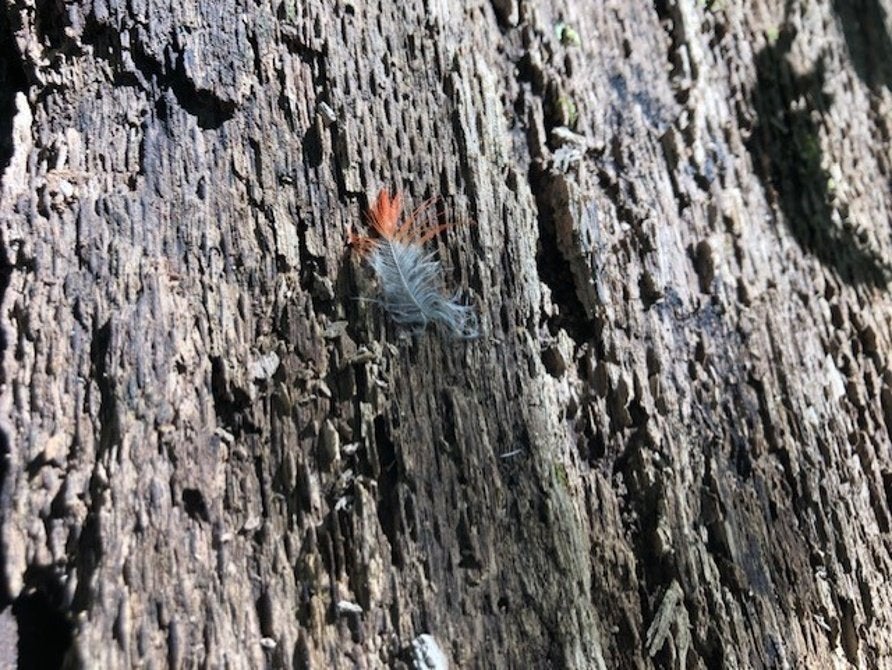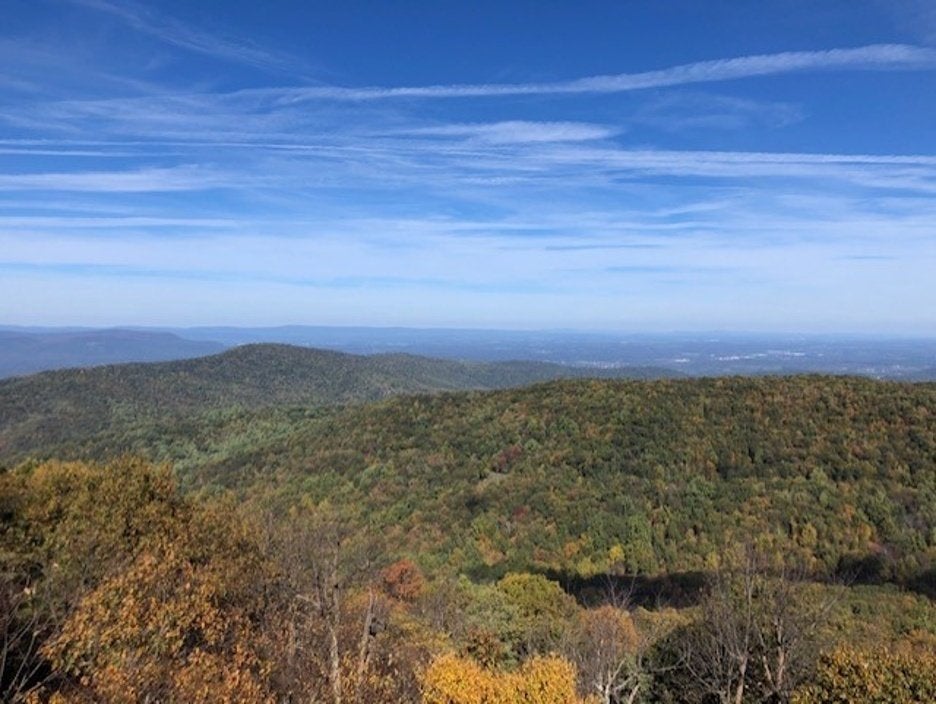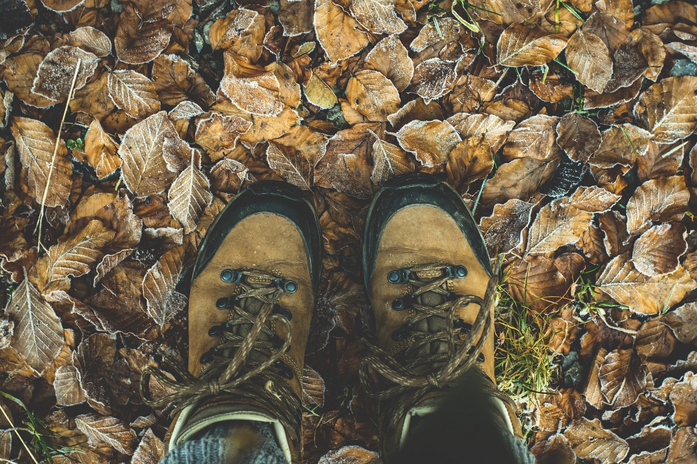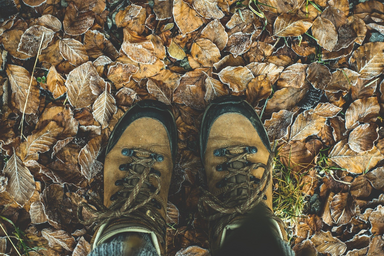In this time of COVID and social distancing, hiking has become a source of solace for many. Where once we could go to movie theaters, malls, bars, and all other indoor public places without a second thought, the appeal of the outdoors now draws even more people than it once did. This summer especially, national, state and local parks across the country have seen an uptick in visitor numbers. According to Maggie Lange from The Cut, usage from the AllTrails app was up 163% more than last year as of this summer.
All of this means to say that now perhaps more than ever, it’s important to keep in mind the principles of Leave No Trace. Leave No Trace is a set of outdoor ethics that have been commonly adopted by hikers and environmental organizations that acts as guidelines for hiking responsibly and sustainably. These guidelines include areas such as social hiking etiquette, interactions with nature, and being prepared. Here are some tips and helpful reminders that can help you to recreate responsibly.
Sustaining Shared Spaces and Experiences
Trails are in a sense like highways. There are many types of hikers with different levels of difficulty and experience. Remembering key trail etiquette helps you to avoid any potential conflicts and helps to maintain ease of access for all trail-goers. According to the National Park Service, there are three main rules of the road that you should follow. First, hikers going uphill always have the right of way. Second, bicyclists should yield to all hikers and horseback riders. And third, if you encounter a horse and rider, step out of the way and let them pass you. In general, it’s also best to avoid standing in the middle of the trail, especially if you are with a group of people.
While the chances of catching COVID-19 are a bit less when being outdoors, it’s still important to be aware of your surroundings and respectful of your fellow hikers. Social distancing applies to hiking too, and with many areas having an influx of visitors this is even more important to follow. I also always bring a mask with me, and if the trail I’m on is crowded and especially if there is a popular viewpoint, I keep it on. This helps protect both you and the people around you.

Respecting Nature and Cultural Heritage
Hikers are also stewards of nature. To be able to continue to enjoy the beauty of the outdoors we need to do so in a sustainable way. Signs seen commonly throughout parks and trails highlight the importance of staying on the trail. While an obvious reason for this is so that people don’t get lost, staying on trails is key to protect the nature surrounding us. By wandering off of pathways, you run the risk of harming or killing native plants, wildlife, and ecosystems. Many parks are home to unique endemic plants, ones that are found in only one specific place.
Remembering to pick up all waste is an important and easy way to practice this stewardship! It’s always a good idea to check around your area if you stop for a rest or a picnic for any cans, bottles, wrappers, and bags you may have dropped. And if you’re hiking with pets, remember to bring bags with you and pick up their waste. It may be gross to carry around, but pet waste can contain bacterias and other pathogens that can enter and contaminate ecosystems and water systems. Plus it’s a common courtesy so that hikers behind you don’t step in it!
Another consideration to make is to leave everything you find where it is. While everyone loves a good souvenir, wildlife and cultural items you may find along the trail are best left alone. For example, bird feathers are actually under the protection of the Migratory Bird Treaty Act, which prohibits the taking, possession, and transporting of migratory birds, including their feathers. This practice is also best followed when happening upon cultural artifacts as well, such as arrowheads or rock art. Taking these objects contributes to damaging the cultures and histories of the people from whom the artifacts belong to as well as removing the context of the artifacts for future (permitted) archaeological research. Instead, you can document where you found it and inform a park ranger of the artifact’s location.
There is nothing like seeing an animal in its natural habitat and enjoying the tranquility of the wild. For this reason, as well as the safety of yourself and the animal, it is best to observe from a distance and never try to feed them. Animals can be unpredictable when they feel threatened, but by making yourself known and respecting their space you can reduce any risk.

Lastly, be prepared!
Whether you are someone who is just starting out on their first trail or an avid experienced hiker, being prepared is always important to keep in mind. While your gear may depend largely on the length, longevity, and weather conditions of your hike, there are some key items you may want to consider bringing with you on your adventure.
Many times the further down a trail you hike, the more likely you won’t have a good data connection on your phone. Bringing a GPS or a printed out map and compass are navigational tools that you don’t want to leave at home, especially if you are hiking in an unfamiliar or remote area. Durable footwear is another must. Hiking boots are always a great option, but are not necessary. There is a whole range of footwear types out there that fit almost any terrain and climate. But if you’re not looking to get too fancy, a good pair of athletic or tennis shoes do the job just fine. I personally also always bring a small first aid kit. You never know what you may encounter on the trail and having a couple of bandages and some disinfectant on hand is always a good idea.



